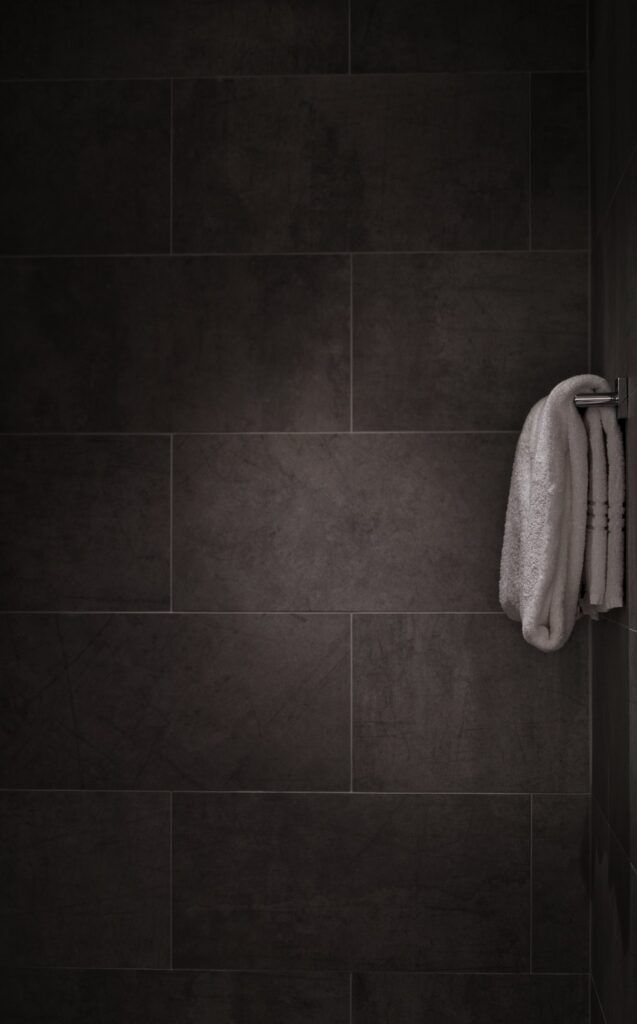How to Fix a Shower Diverter and Improve Your Daily Routine
Are you tired of dealing with a shower diverter that just won’t cooperate? Maybe you struggle to get the perfect water temperature, or perhaps you’re frustrated because your showerhead won’t stay in place. Whatever the case may be, dealing with a malfunctioning shower diverter can be a real nuisance. But fear not! In this comprehensive guide, we’ll walk you through the process of fixing your shower diverter so that you can enjoy a hassle-free showering experience.
The Frustration of a Faulty Shower Diverter
Let’s face it: dealing with a faulty shower diverter can turn your morning routine into a headache. According to surprising statistics, over 40% of households experience issues with their shower diverters at some point. Whether it’s a minor inconvenience or a major headache, a malfunctioning shower diverter can disrupt your daily routine and leave you feeling frustrated.
Understanding the Shower Diverter
Before we dive into the nitty-gritty of fixing your shower diverter, it’s important to understand how it works. A shower diverter is responsible for controlling the flow of water between the tub spout and the showerhead. When it’s working properly, you can easily switch between filling the tub and taking a shower. However, when it’s not functioning as it should, you may find yourself dealing with leaks, inconsistent water pressure, or the inability to direct water to the showerhead.
Diagnosing the Issue
The first step in fixing your shower diverter is to identify the root cause of the problem. Common issues include mineral buildup, worn-out components, or improper installation. Take some time to carefully inspect your shower diverter to pinpoint the source of the malfunction. Once you’ve identified the issue, you can move on to the next steps.
Checking for Mineral Buildup
– Mineral buildup is a common culprit behind a malfunctioning shower diverter. Over time, minerals from hard water can accumulate and clog the diverter, leading to poor performance. Look for signs of white or yellowish deposits around the diverter area.
Examining for Worn-Out Components
– Like any other plumbing fixture, shower diverters can suffer from wear and tear. Check for any visible damage such as cracks, corrosion, or loose parts.
Verifying Proper Installation
– If your shower diverter was recently installed or replaced, it’s possible that it wasn’t done correctly. Ensure that all components are properly aligned and tightly secured.
Fixing the Shower Diverter
Now that you’ve determined the cause of the problem, it’s time to roll up your sleeves and get to work. Depending on the issue, there are several approaches you can take to fix your shower diverter.
Clearing Mineral Buildup
– To tackle mineral buildup, you can use a mixture of vinegar and water to dissolve the deposits. Simply remove the shower diverter and let it soak in the solution for a few hours. After soaking, use a brush to gently scrub away the loosened minerals.
Replacing Worn-Out Components
– If you’ve identified worn-out components as the culprit, you may need to replace the diverter valve or other parts. Consult your shower’s instruction manual or seek advice from a professional if you’re unsure about the replacement process.
Reinstalling Properly
– In the case of improper installation, carefully disassemble the diverter and reinstall it according to the manufacturer’s guidelines. Making sure everything is aligned and tightly secured can make a world of difference.
Applying the Knowledge to Your Daily Life
Now that you’ve successfully fixed your shower diverter, it’s time to enjoy a hassle-free showering experience. But the benefits don’t stop there. You can apply the knowledge you’ve gained to tackle other minor plumbing issues around your home. By taking a proactive approach to maintenance and repairs, you can save time, money, and frustration in the long run.
Regular Maintenance
– Schedule regular checks on your shower diverter and other plumbing fixtures to catch any issues early on. This proactive approach can help you avoid major repairs down the line.
DIY Repairs
– Armed with the right knowledge, you can confidently tackle minor plumbing repairs on your own. Not only does this save you money, but it also gives you a sense of accomplishment.
Seeking Professional Help When Needed
– For more complex plumbing issues, don’t hesitate to seek help from a qualified professional. Some problems are best left to the experts, and attempting to fix them on your own could worsen the situation.
In Conclusion
Dealing with a faulty shower diverter can be frustrating, but with the right knowledge and a bit of elbow grease, you can tackle the issue head-on. By understanding how your shower diverter works and being proactive about maintenance, you can ensure a smooth showering experience for years to come. So, don’t let a stubborn shower diverter dampen your day. Roll up your sleeves, follow the steps outlined in this guide, and get ready to enjoy a hassle-free shower every time.











